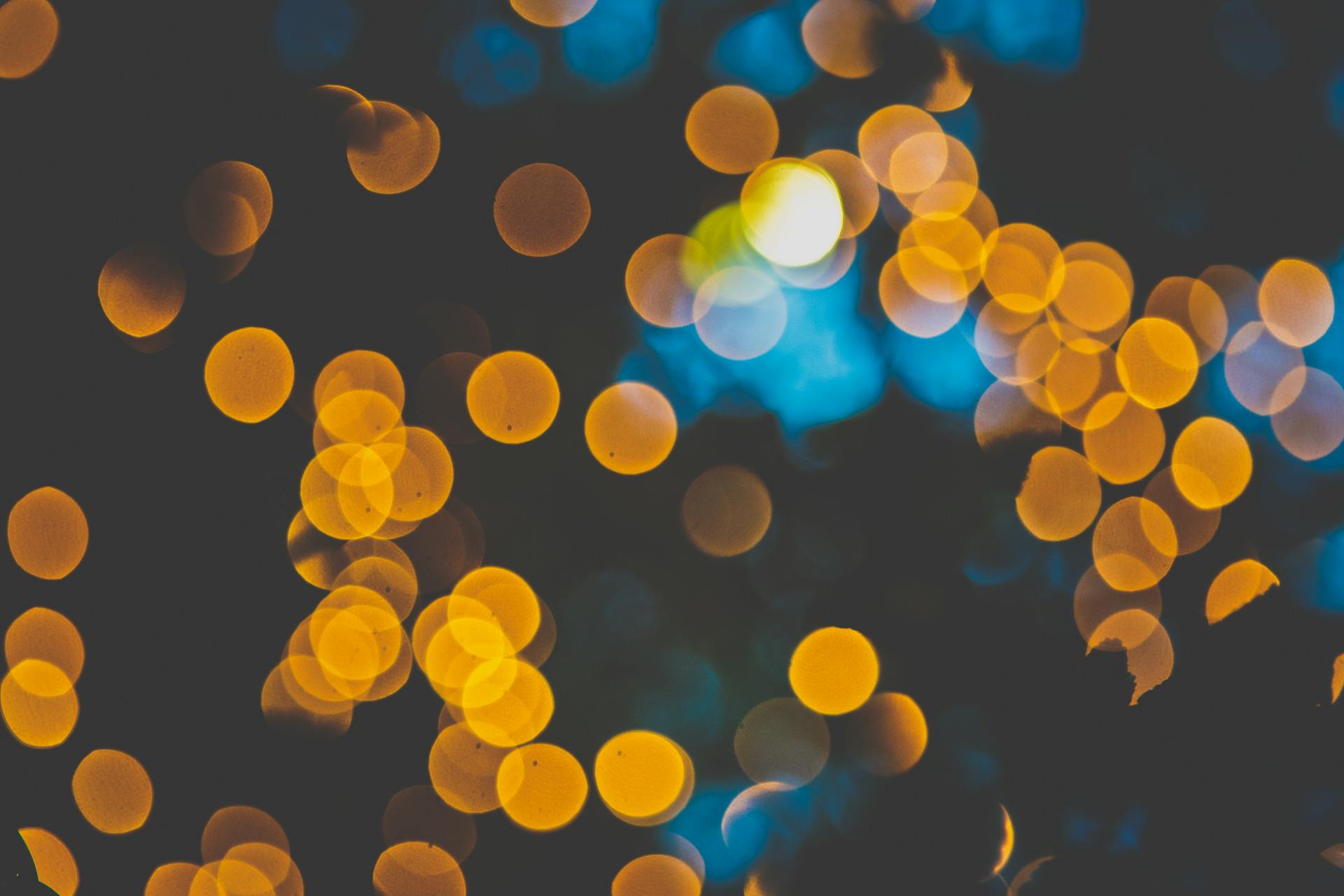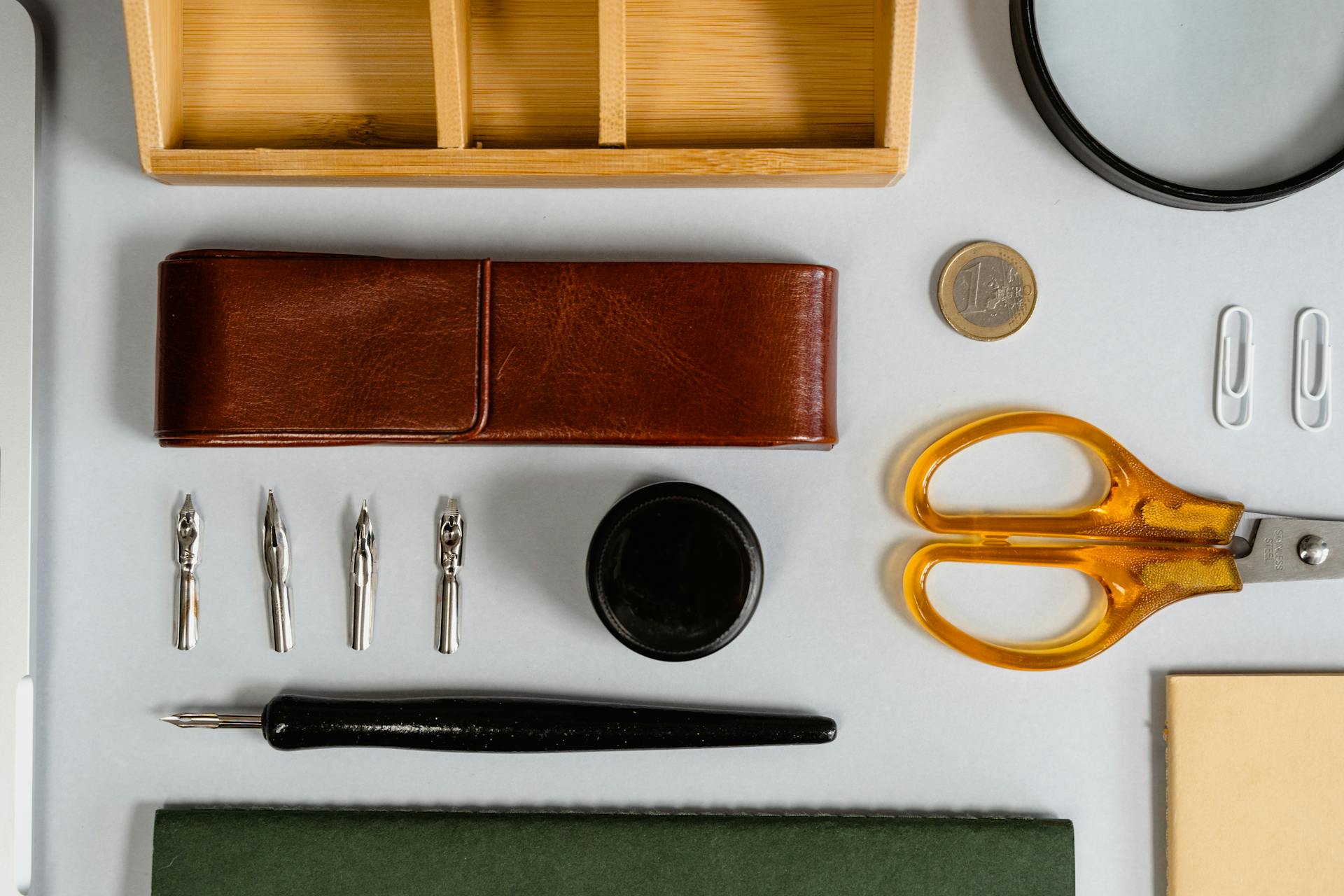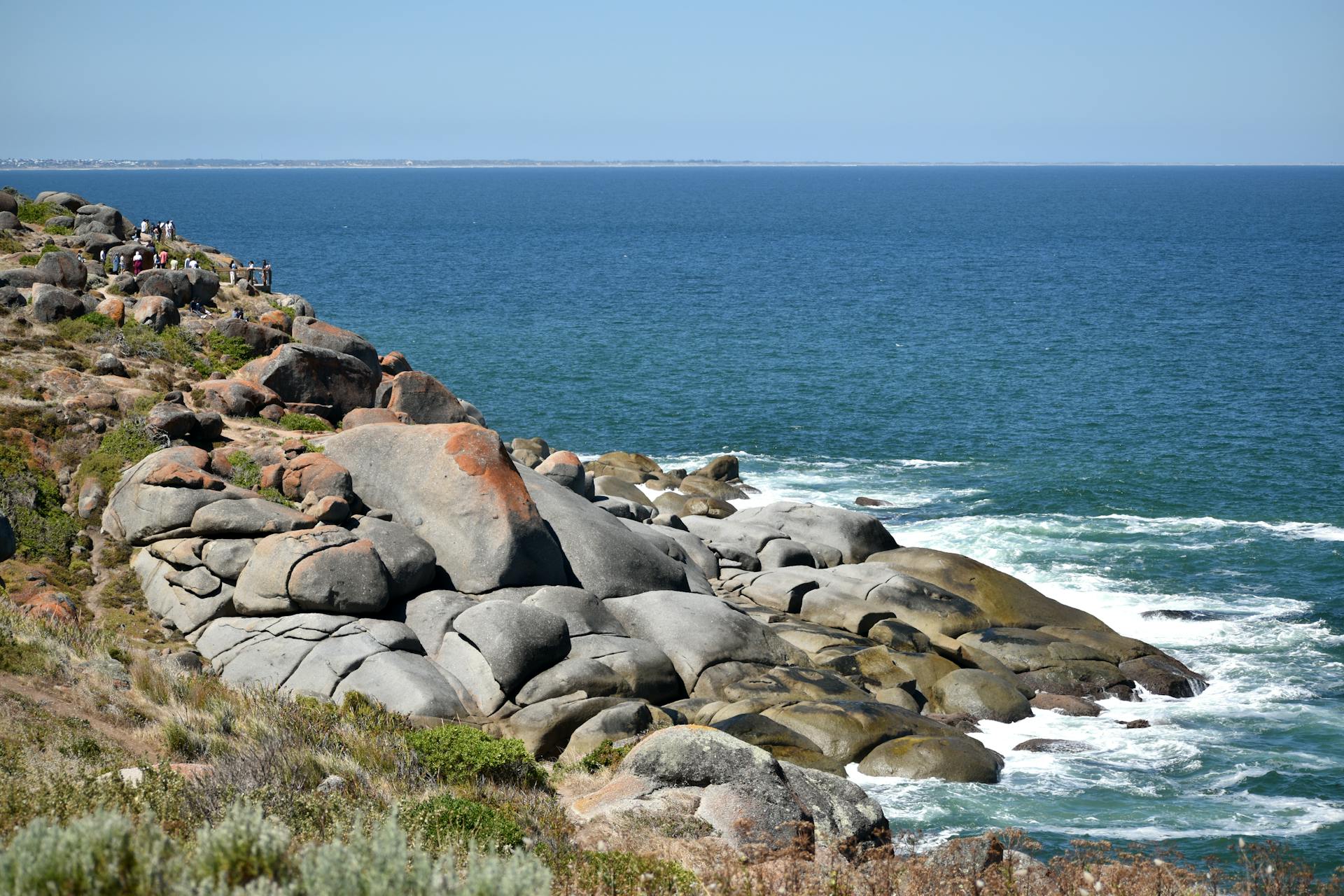
If you're into photography, you have probably heard of the Brenizer method. This technique is named after Ryan Brenizer, a New York City-based photographer who developed it in 2008. The Brenizer method combines multiple photos made with a wide aperture to achieve an image that looks like it was shot with a much larger sensor or even a medium format camera.
The Brenizer method is particularly useful when you want to create an image with shallow depth of field but can't get close enough to your subject or use a lens with a wide enough aperture. By taking several pictures and stitching them together in post-processing, you can get the effect of a single composition with a wider field of view and more blurred background.
In this article, we'll explore what the Brenizer method is, how to use it for incredible results, and some tips and tricks to make the most out of this technique. We may earn referral links through Amazon Associate for qualifying purchases product prices and availability information displayed on our website.
A fresh viewpoint: How to Use Lightroom
Exploring the Brenizer Method: What’s in a Name?
The Brenizer Method is one of the most advanced photography techniques named after photographer Ryan Brenizer. This technique involves taking multiple photos with a shallow depth of field and stitching them together to create an image with a wider field of view and creamy bokeh in the background. Ryan Brenizer, a New York-based wedding photographer, is known for his beautiful wedding portraiture that captures intimate moments with stunning clarity.
The name "Brenizer Method" has become synonymous with this popular photography technique that has been widely adopted by photographers worldwide. The method has revolutionized portrait photography, allowing photographers to capture more detail and depth in their images while maintaining a shallow depth of field. Whether you are a professional photographer or an amateur enthusiast, exploring the Brenizer Method can take your photography skills to new heights and help you create stunning images that capture the beauty of any moment.
You might enjoy: Photographing Wedding Rings
Create a Fast Prototype: Step 2 in Your Project
Step 2 in your project is to create a fast prototype, and Ryan Brenizer is the master of doing just that. Using his famous "Brenizer Method," he takes multiple photos using panorama mode, creating a precursor image that will eventually become the final stitched image. By paying careful attention to keeping a straight horizontal line and ensuring proper overlap between each photo, Brenizer is able to produce stunning results that look like they were taken with one shot. Don't be fooled by the ease with which he makes it look - creating a high-quality stitched image requires careful planning and execution.
Discover the Magic of the Brenizer Method in Photography!
The Brenizer method is a photography technique that combines multiple files to create a shallow depth-of-field effect in a wide-angle image. This method is named after wedding photographer Ryan Brenizer, who first popularized it. The basic idea behind this technique is to use a telephoto lens and shoot several overlapping photos with a slightly different focal length to create a wide field of view with a shallow depth-of-field effect. The resulting images are truly beautiful and unique.
The Brenizer method is very aware of creating a shallow depth-of-field effect while maintaining the field photo's overall beauty. A 24mm lens is extremely close to the subject, which can ruin the shot if not taken carefully. With the ridiculously wide aperture offered by this method, modern lenses cannot get close enough without ruining the shot. So, using a telephoto lens makes sense here because it allows us to be far away from our subject while still getting that shallow depth-of-field effect.
The Brenizer method might seem complex at first glance, but it's actually quite simple once you understand how it works. It's like having landscape photographers' playbook right under your fingertips! You just need to shoot several overlapping photos with varying focal lengths and then stitch them together using post-processing software. The resulting image will have an incredible amount of detail and beauty that you won't find anywhere else.
Additional reading: Lightroom Tutorial 20 Create
Why Use the Brenizer Method?
Ryan Brenizer is known for his contribution to photography through his innovative technique called the Brenizer method. This popular photography technique is achieved by stitching multiple images taken with a single lens to create isolating shallow depth of field images with softer bokeh that don't exist in actual lenses. The technique relies on using a fast aperture lens and a large format camera, which results in wide angle portraits with high image resolution.
The Brenizer method allows you to make photographs that go beyond the fixed dimensions of a single frame horizontal or vertical panoramas. By stitching together multiple photos, you can create images that capture more details and produce finer image resolution than what's possible with a conventional full-frame camera. With this method, pictures you'd normally have to use a wider angle lens for can be obtained using a smaller lens.
If you're looking to take your photography skills to the next level, consider trying out the Brenizer method. It's a great way to make creative and unique images that are impossible to achieve using traditional techniques. In fact, Ryan Brenizer himself used this technique when he photographed a Hmong jeweller using only his 38 mm lens. So why not give it a try? You may just surprise yourself with what you can come up with!
Intriguing read: Iphone Camera
What You’ll Need to Create the Brenizer Method
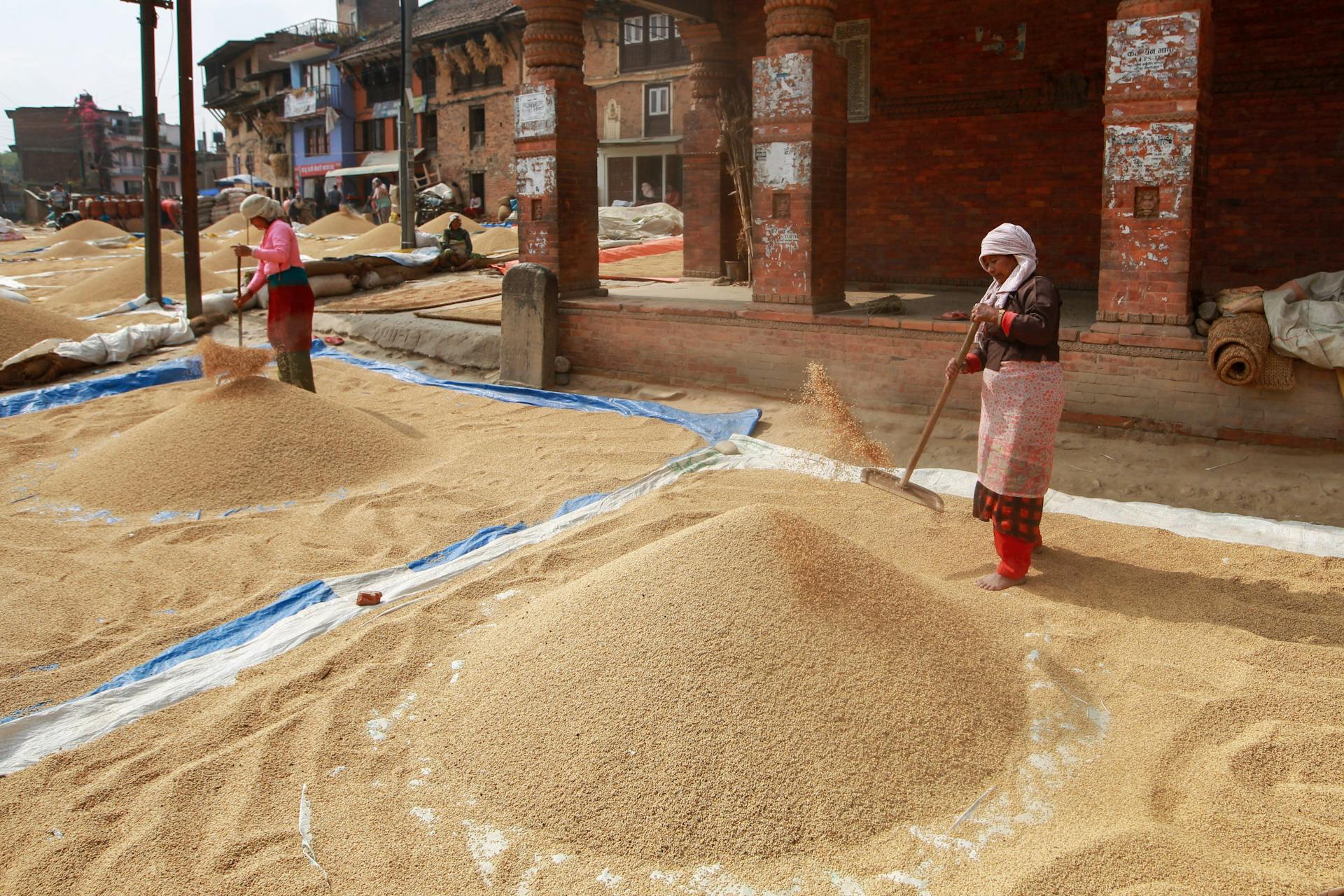
To create a stunning photo using the Brenizer Method, important photographer Ryan Brenizer suggests starting with the right equipment choice. The widest aperture lens possible is recommended, such as a 50mm prime or a lens wider than 50mm. Background choice is also crucial to seamlessly subject your main focus and avoid parallax problems. Although this method predominantly focuses on fast process, post-processing in Adobe Lightroom or Adobe Photoshop may be necessary for final touches. This article chooses to explore more about Ryan Brenizer and how his innovative technique has become popular among photographers.
A different take: Fisheye Lens Camera Tips
Combine Your Photos like a Pro in "Step 7 Merge"
Step 7 Merge is where the magic happens! In this stage, you can combine your photos like a pro using the panorama merge review window in Lightroom. After selecting your matching photos, click on the merge button in Lightroom and watch as it stitches them together into one beautiful panorama image. Pay attention to the preview that shows up and make sure your main subject is centered properly. You can also use the boundary warp slider to avoid losing parts of your image, and check the auto crop checkbox to automatically crop any uneven edges. If there is a message telling you that some parts of your images don't match, try adjusting the perspective or boundary warp until everything lines up perfectly. With just a few clicks, you can turn multiple photos into one stunning stitched image!
Consider reading: Home Photography Idea Powerful Photos
Discover How to Easily Set Up Your Camera with Step Three
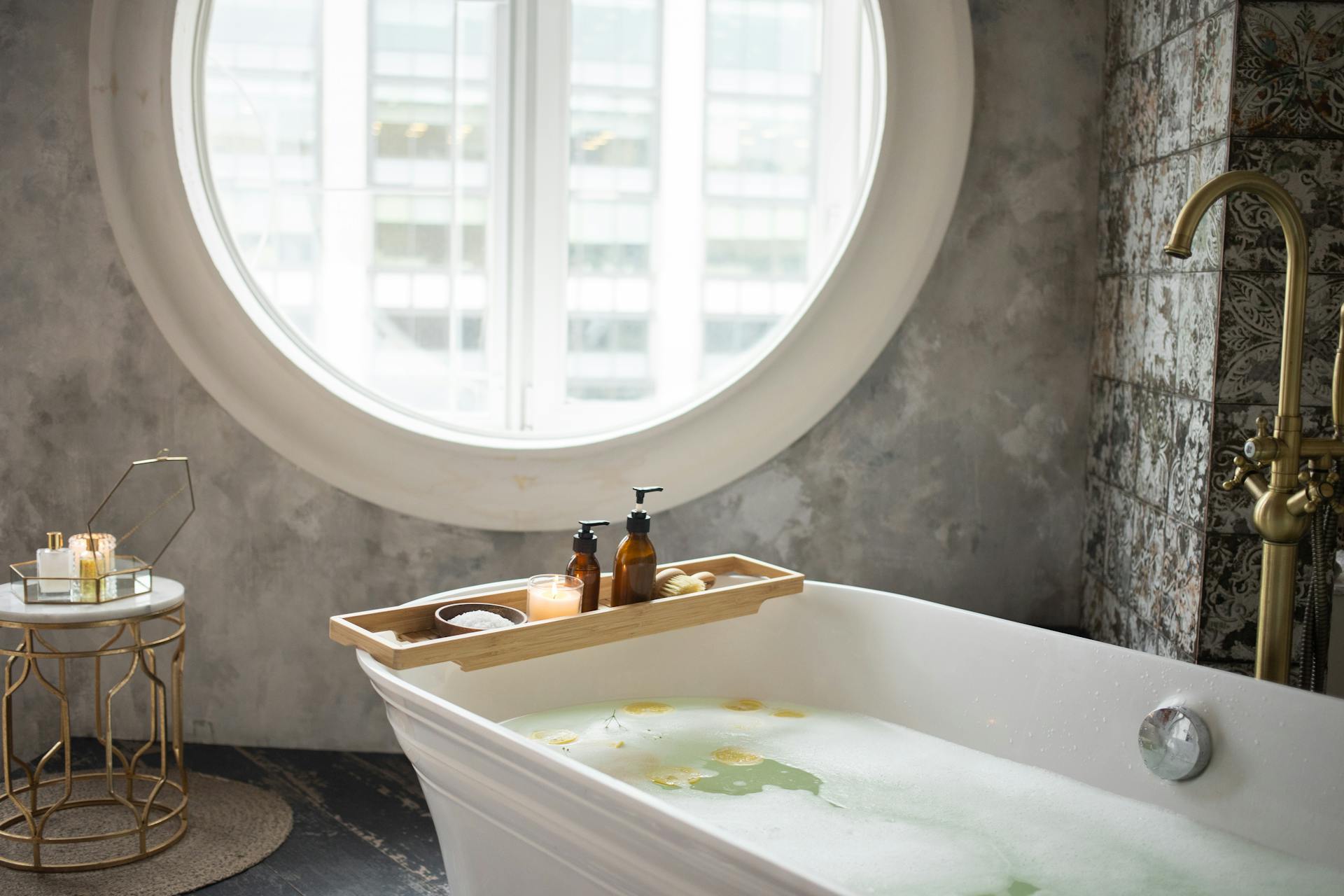
Step three is crucial to setting up your camera and ensuring that your shots come out perfectly. This step involves adjusting your focus settings, including your main subject focus and back button focus. You'll also want to set your focus distance correctly so that it remains constant throughout the shoot. Additionally, you should adjust your white balance settings to avoid any ruined sets. Once you've got all of these settings in place, you can choose between shooting in raw or jpg files to make processing easier during post-processing. With these automatic settings in place, you'll be able to take amazing photos without all the hassle!
Select Your Preferred Images for Stitching: A Simple Guide

Stitching images is a powerful working technique that Ryan Brenizer has made famous. It works basically by taking a series of smaller file sizes and combining them into one large, high-resolution image. To ensure the best results, Ryan advises using full size raw files and checking your subject's movements between shots. When importing into Lightroom, he recommends enabling profile corrections and making sure to have a fast computer with enough RAM to start the stitching process. Once all images are selected, you'll find that applying develop settings such as lens correction and light contrast color can greatly enhance the final product. Be sure to copy the image before entering the Develop module to avoid losing any previous edits, and check only the boxes relevant to your develop settings for efficient workflow.
Take a look at this: Create Fantastic Light Orb Images
Frequently Asked Questions
What do I need to learn Brenizer photography?
To learn Brenizer photography, you will need a camera with manual controls, a fast lens with a wide aperture, and knowledge of how to shoot and stitch panoramic photos. Additionally, you may want to study composition techniques and editing software for post-processing.
What is the difference between a panorama and a Brenizer?
A panorama is a wide-angle view of a scene, while a Brenizer is a technique that involves stitching together multiple photos to create an image with shallow depth of field and high resolution. The main difference between the two is the method used to capture and create the final image.
How do you make a Brenizer photo?
To make a Brenizer photo, take multiple overlapping photos of the subject and background, then blend them together using photo editing software to create a high-resolution image with a shallow depth of field.
What software does Ryan Brenizer use?
Ryan Brenizer uses Adobe Lightroom and Photoshop for photo editing, and Capture One for tethered shooting.
What does the Brenizer Method look like?
The Brenizer Method is a photographic technique that involves taking a series of overlapping photos and stitching them together to create a high-resolution image with a shallow depth of field, similar to the look of medium format film.
Featured Images: pexels.com
